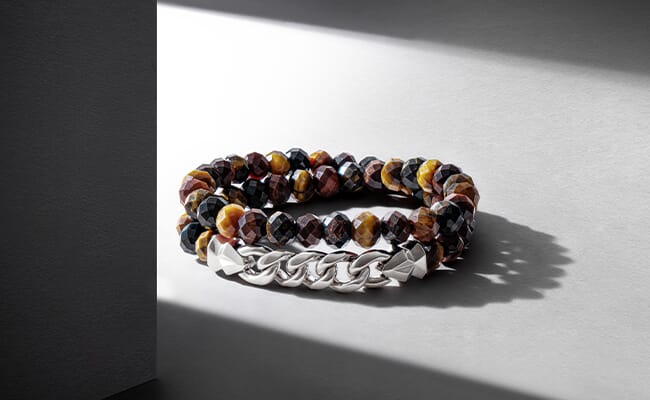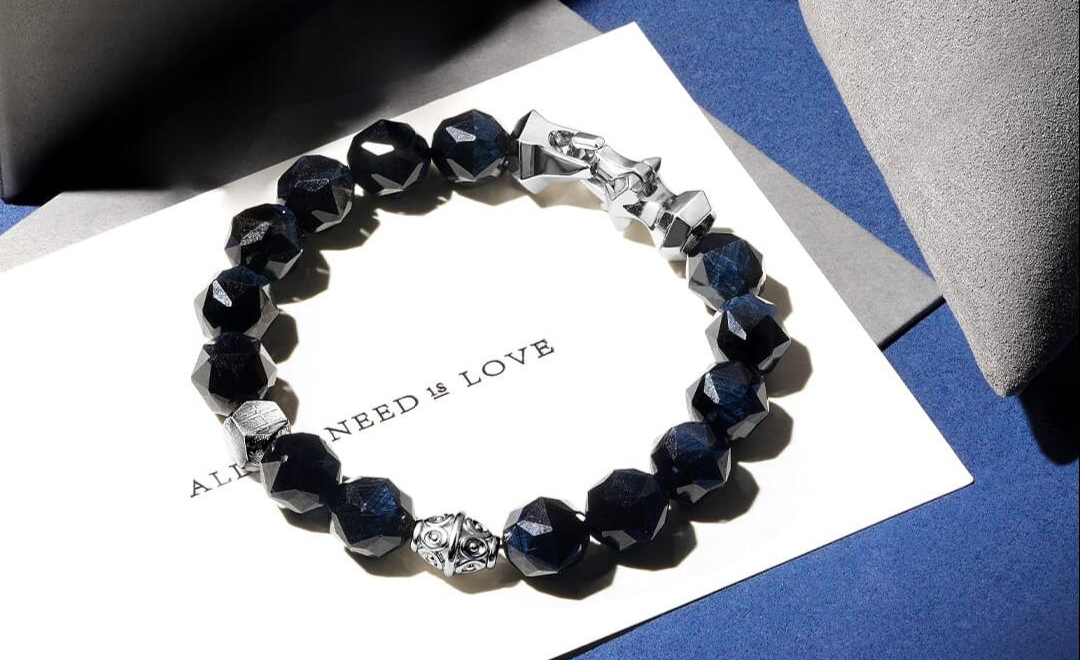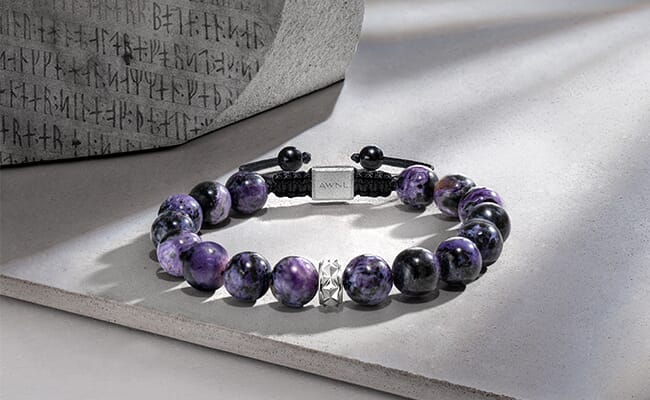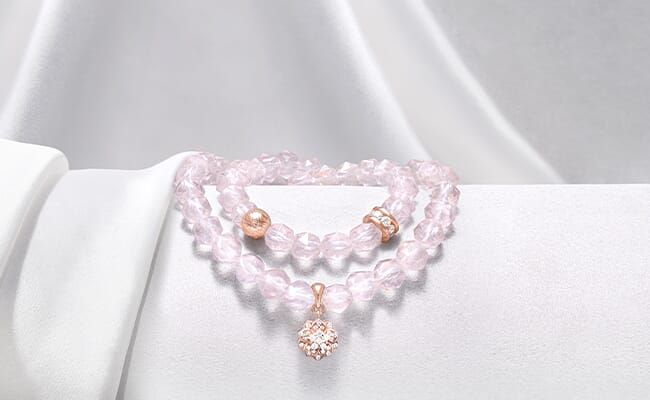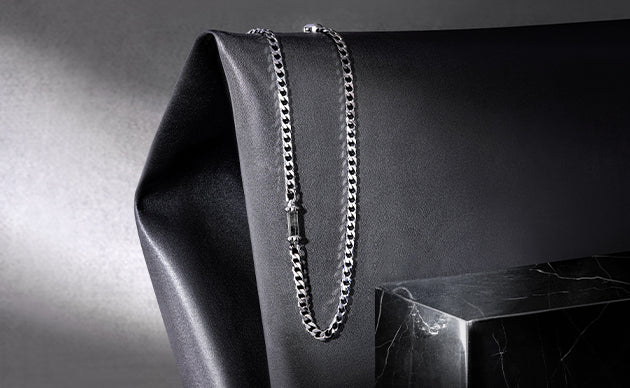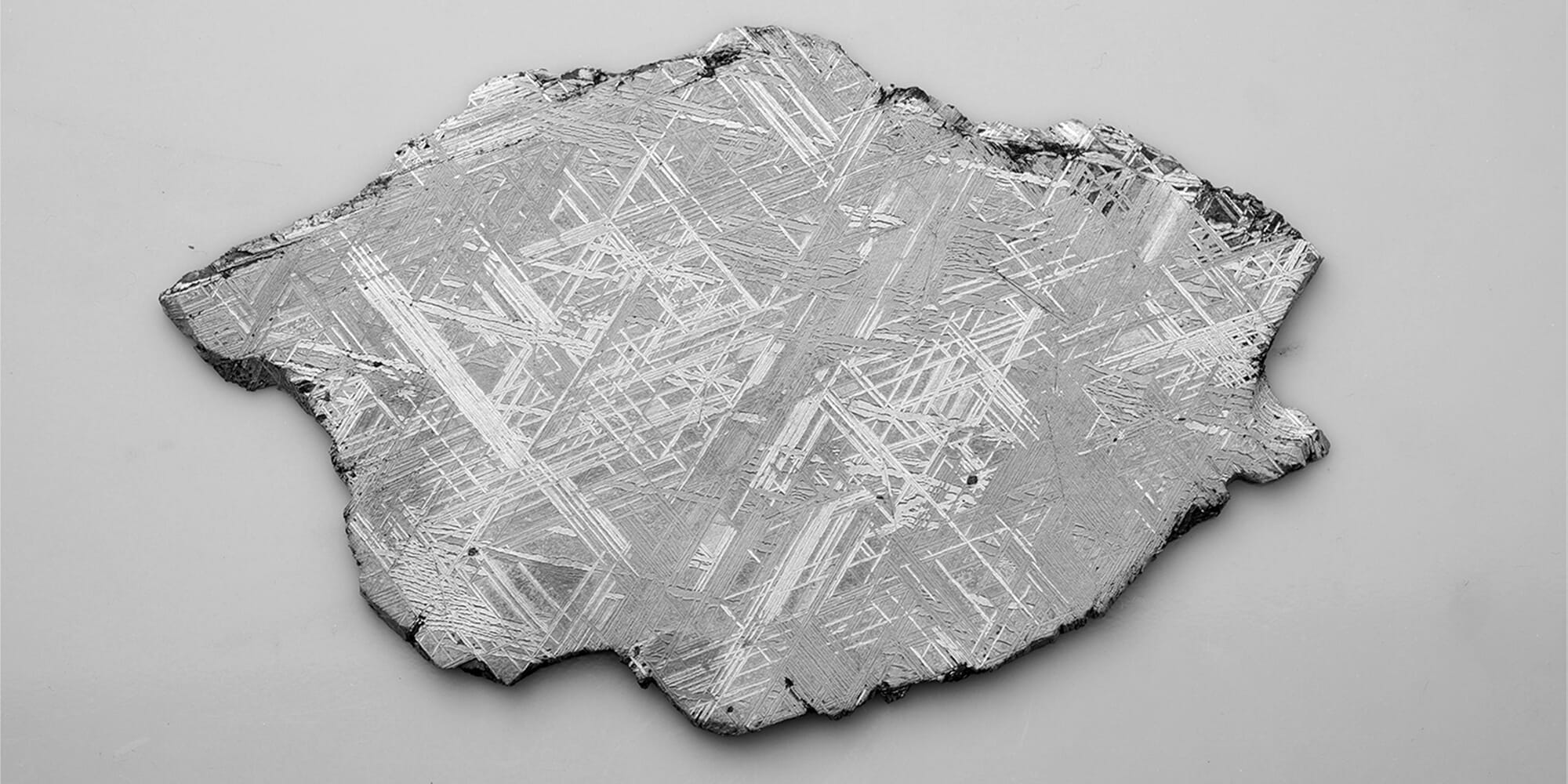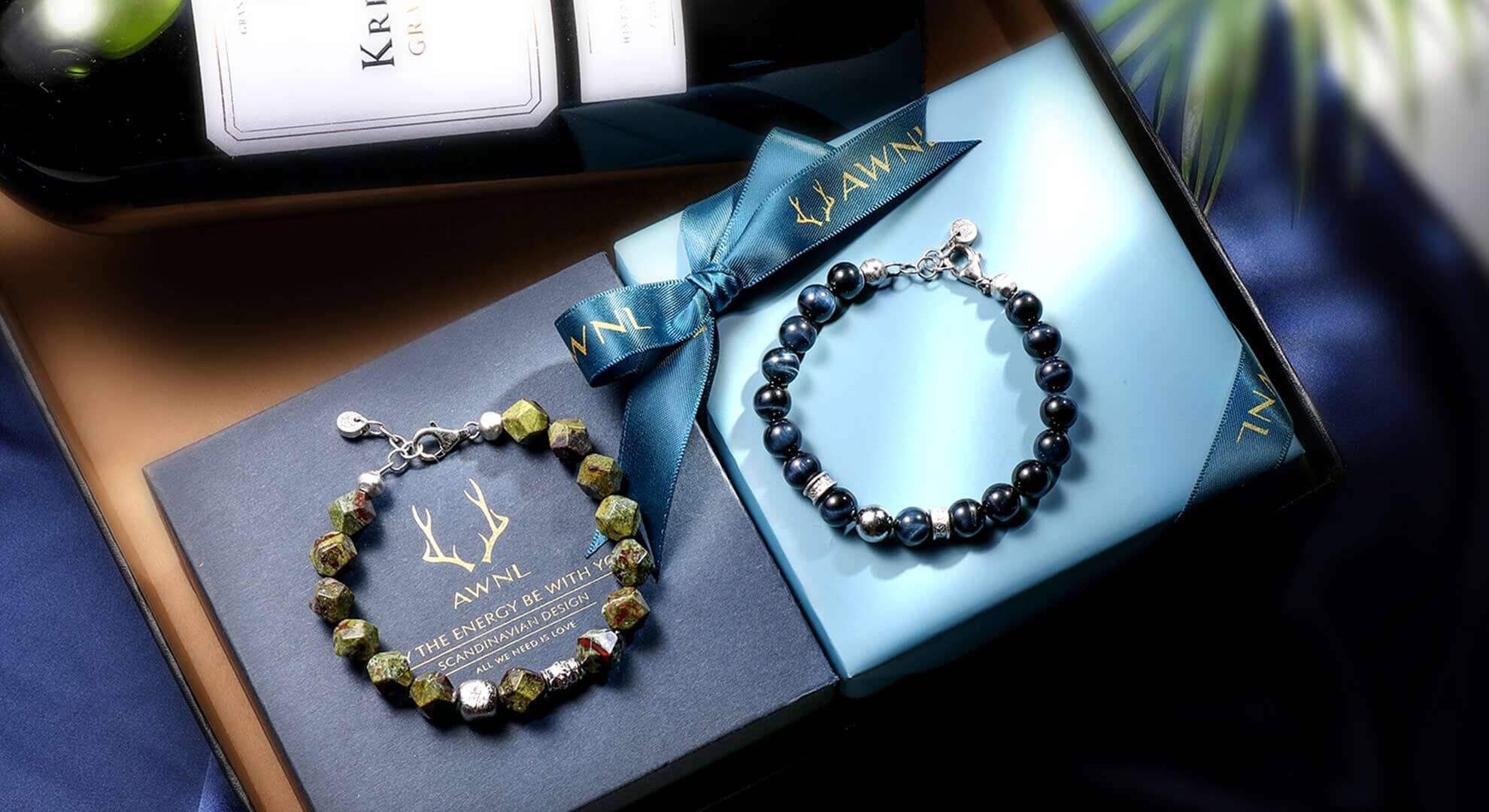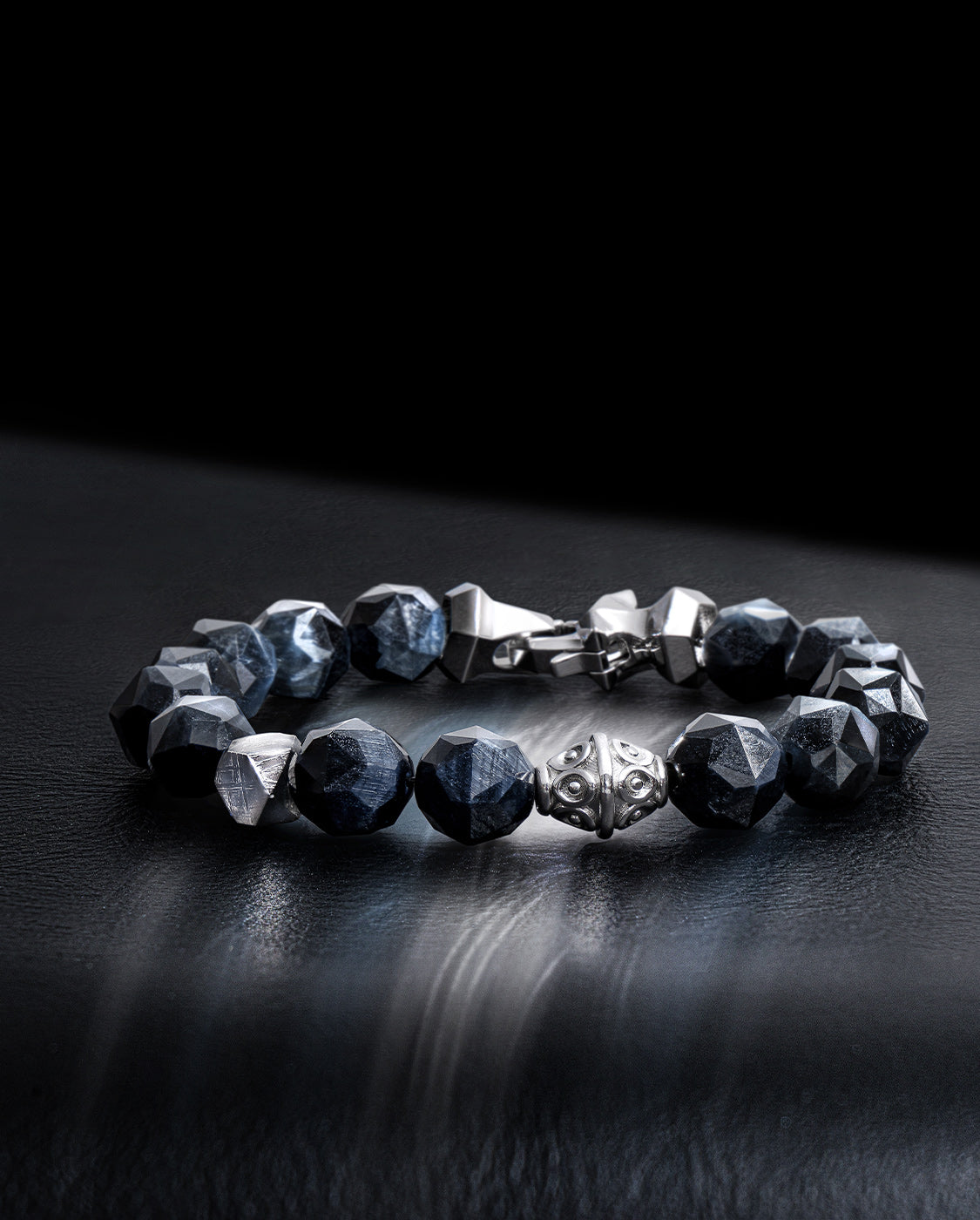
Meteorites, Take us back to the Infinite Universe
They are the oldest substances in the world,
They travel the furthest distances.
These are the ashes of another generation,
When I play with a meteorite with my fingers,
It can be said that no one has touched anything older,
It is simply staring at eternity.
— Werner Herzog
For a long time, meteorites have been regarded as spiritual beings. Their mighty existence has inspired people's desire for worship and exploration. People continue to use their wisdom and diligence to try to solve the mystery of extraterrestrial meteorites.
In fact, the millennia-long interaction between humans and meteorites tells a story about our human desires, fears, loneliness and beauty.

Photographer Vadim Sadowski | Source: Shutterstock
The Ancient Worship of Meteorites
Every time a meteorite falls, it is accompanied by a spectacular impact of light and sound. People are in fear or awe of the power of a meteorite impact and have always believed in the extraordinary nature of meteorites. Many aboriginal people around the world worship meteorites. The Sami people in Scandinavia used it to make tools to pray for a good harvest. The aborigines in Australia fixed meteorites on church walls for regular worship. In India, China, and Mongolia ancient beliefs state that carved eagles or other birds on meteorites are a symbol of the origin of celestial bodies.
To the ancient Egyptians, meteorites were gifts from the gods, containing substances associated with royalty and divine power. They later discovered that the material could be used to forge weapons and tools.

A passage from the Pyramid Text (the oldest religious writing in the world) claims: "The bones of the king are iron, and the members of the king are immortal stars. (The king’s bones are iron and the king’s members are the imperishable stars)”[1]
The ancient civilizations of the West are no exception, and there are countless examples of meteorite worship in the Greco-Roman tradition. Mircea Eliade, an expert in religious history, claims that the Temple of Artemis, and the temple of Elagabalium, built by Roman emperor Elagabalus, actually contained meteorites. The ancient Romans believed that a stone that fell from the sky contained supernatural powers.

Richard Norton, who has taught theology in England, Sudan and Zimbabwe and is now an independent scholar, mentions that the holy stone in the temple of Apollo at Delphi was believed to be created by Kronos and marked the navel "omphalos" of the world.
Roman historian Titus Livius tells the story of the Phrygian Pessinunt meteorite, a cone-shaped object known as Cybele, the goddess of fertility. After the Romans conquered Phrygia, the meteorite was escorted to Rome, where it was worshiped for another 500 years.

Even in the monotheistic religions of the Judeo-Christian tradition, we find traces of ancient meteorite cults. Meteorites are called "betyls" in Hebrew, the Greek equivalent of "baitylia", which means "the dwelling of God".
Modern Arts on Meteorites
Artwork and practical objects made from meteorites are widely used in different cultures. The Inuit used meteorites to make jewellery and knives, and meteorites were once the main source of iron for Eskimo societies, used to make axes and bracelets. [2]

A Buddhist sculpture with a weight of about 10.6 kilograms found in Siberia. Through comparative analysis, it is made of iron meteorite. Its image depicts the Buddhist Vishnu, which was used to record the Bon culture in the eleventh century. This sculpture represents a combination of religious art and meteorite science.[3]
An ancient Egyptian tubular jewellery (iron bead) was first discovered in 1911 at Gerzeh Cemetery, about 40 miles (70 kilometers) south of Cairo. Even though meteorites are difficult to machine, ancient craftsmen were able to hammer and thin out the shape into fine beads. The iron beads found were dated between 3,350 and 3,600 BC and represent evidence of the use of iron in ancient Egypt. The researchers also found that the bead jewellery was rich in nickel and could be determined to be made of iron meteorites.

This ancient Egyptian iron bead dates back to approximately between 3,350 and 3,600 BC
What's more, the bead features a Widmanstätten texture pattern unique to iron meteorites, a crystal structure with incredible stability and a beautiful acid-etched pattern that only forms inside the meteorite when slowly cooled in space. Such a texture cannot be reproduced in laboratories on Earth and are extremely valued and rare.

In 1906, near a village called Kitkiöjärvi, the Swedish Muonionalusta meteorite was discovered. Further analysis found that the meteorite fell near the Arctic Circle as early as about one million years ago. Muonionalusta meteorites are often used as dials, bezel designs or forged into pendants, rings, or cufflinks, etc.

Exploring the Poetry and Spirituality of Life with Meteorite Jewellery
Meteorite jewellery are not only loved because of its gem-like beauty, but also because it is believed that these celestial meteorites are associated with balance and strength. The nickel component in them purifies the wearer's blood. Carry a meteorite jewel with you and your soul will be attuned to the universe.
Meteorites are now the new trend in the world of high-end gems and jewellery. World famous watch brands like Rolex, Piaget, and Jaeger-LeCoultre, use the Swedish Muonionalusta meteorite to make their own limited edition watches. Some jewellery brands will use small complete meteorites and inlay them on rings and bracelets; or add spar, amber, etc. to be more natural Gemstones that add flair to meteorite jewellery designs.
As a meteorite jewellery brand from Sweden, our AWNL meteorite series is inspired by Nordic culture, combining rare Swedish M meteorites with natural crystals, highlighting the natural characteristics of meteorites, and forging energy jewellery with cultural attributes. This allows the wearer of our jewellery to explore the poetry and spirituality of life and the universe.
Meteorites have a deep impact throughout all the ancient and modern cultures of humanity. As a messenger of the universe from the stars, meteorites brought destruction and rebirth, connected the soul of life, and also were a source of inspiration and creativity. From the ancient Egypt to the Mayans, from the Scandinavian Peninsula to the Antarctic Circle, human beings have gone to great lengths to find this precious rock.
The existence of meteorites is a revelation, we came from the depths of the universe, and we will eventually all return there.
REFERENCE
[1] Bunson, M. Encyclopedia of Ancient Egypt. Gramercy Books. 1991.
[2] Traditional beliefs concerning meteorites. Meteoritics 27:254.
[3] Buchner E., Kurat G., Schmieder M., Kramar U., Kröchert J., and Ntaflos T. 2009. Mythological artifacts made of celestial bodies—A Buddhist deity made of meteoritic iron (abstract #5074). 72nd Annual Meeting of the Meteoritical Society, Nancy, France, 13–18 July 2009. Meteoritics & Planetary Science 44.


